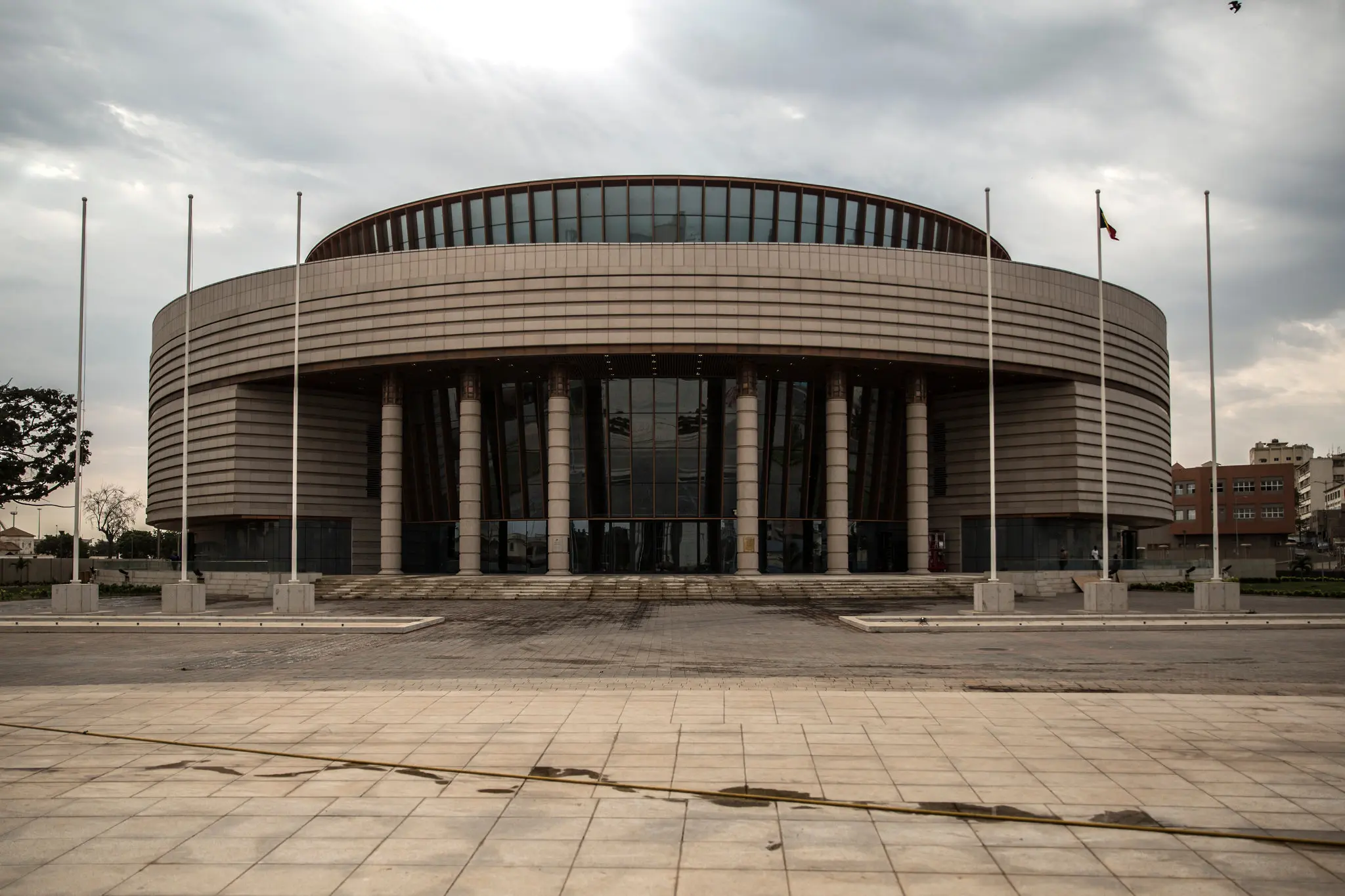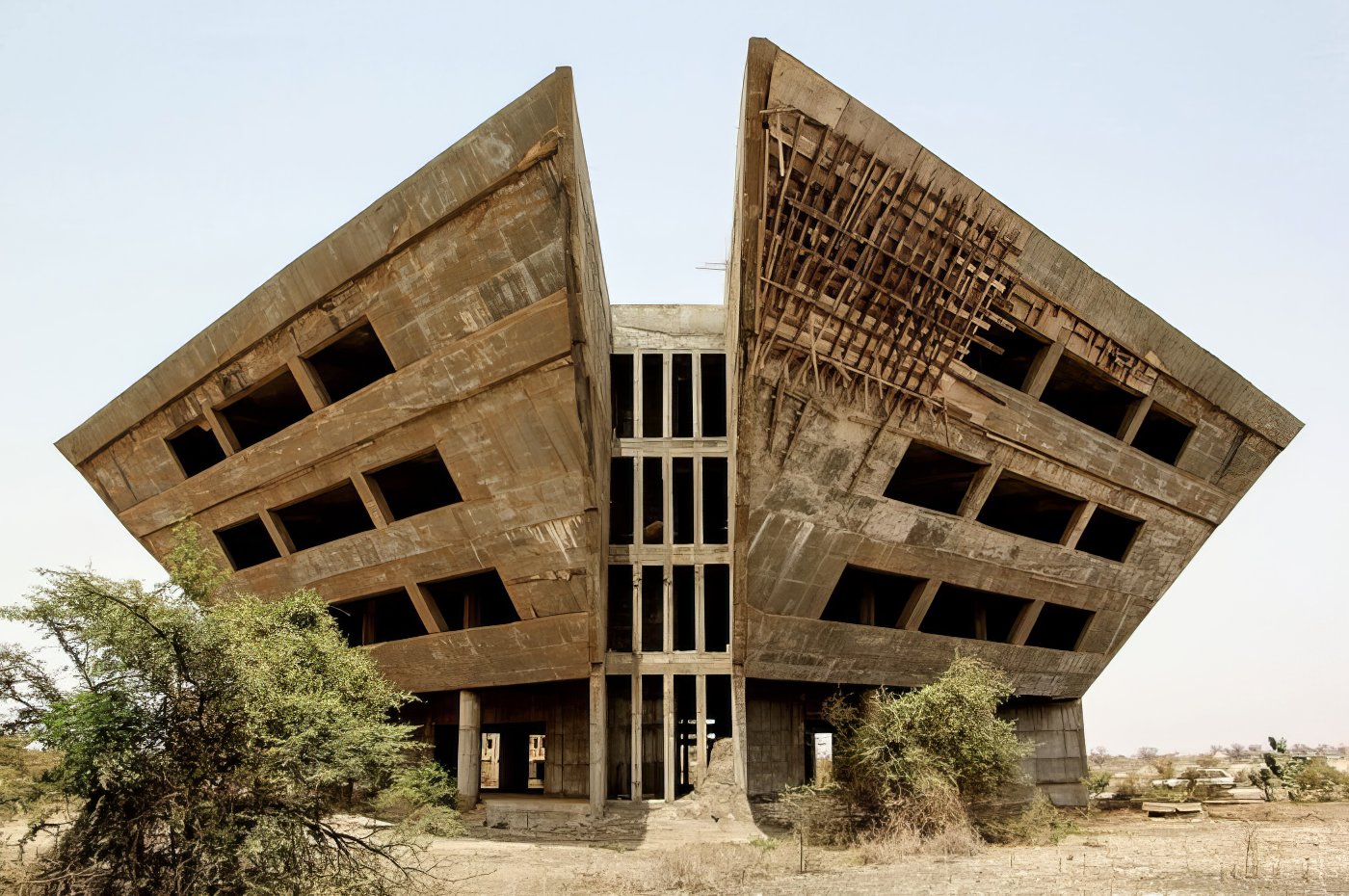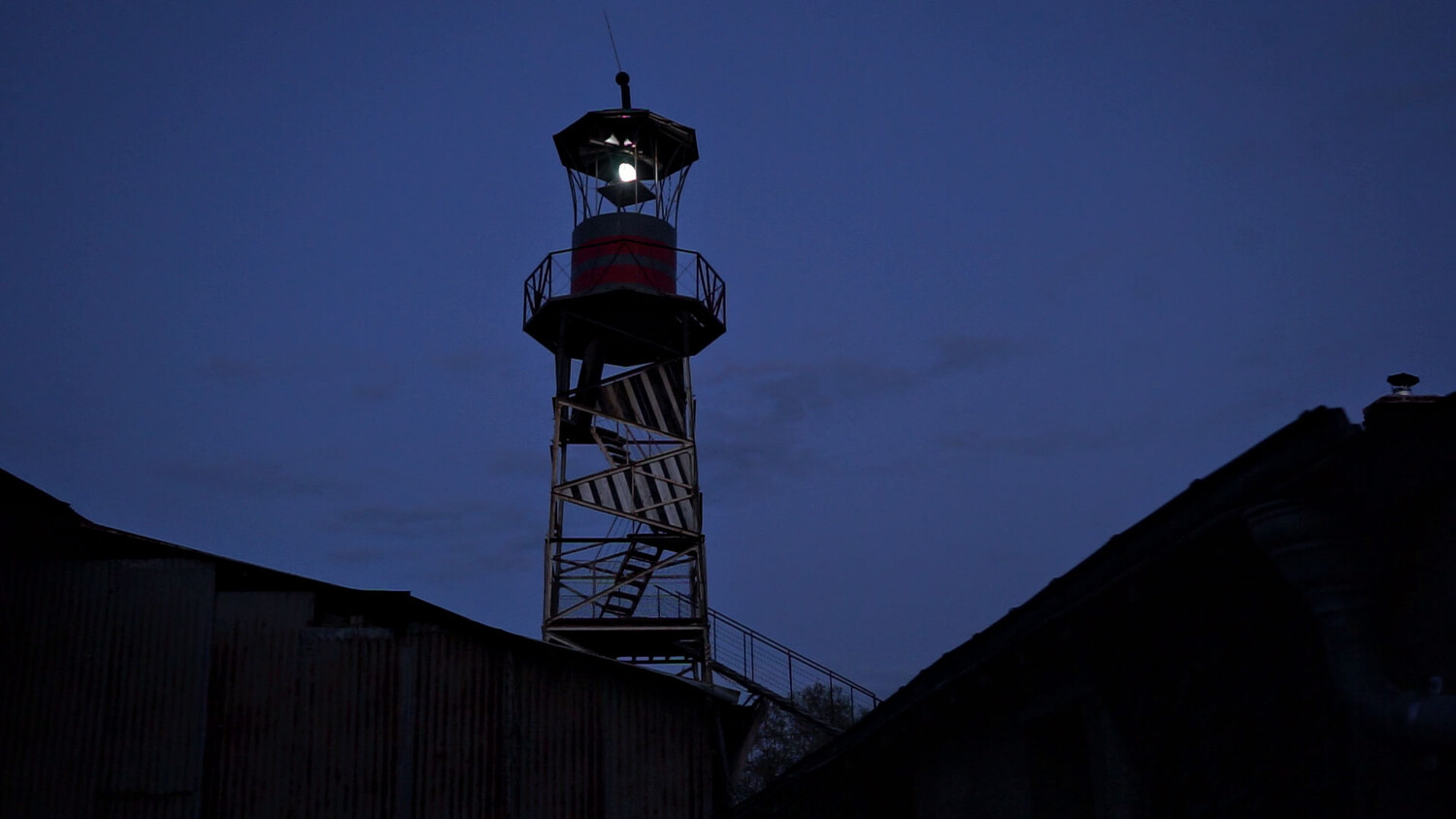In the realm of contemporary artistic endeavours, few projects hold as much intellectual vigour as the School of Mutants. A beacon of conceptual inquiry and creative expression, this collective, situated at the confluence of artistry, architectural critique, and post-colonial realities, presents an inspiring narrative of engagement and reflection. At its heart lies an impassioned quest to unravel the intricate threads of African futures and vernacular architectures, with a particular focus on Senegal in West Africa.
Rooted in the vibrant city of Dakar, the collective rigorously explores the convergence of pan-African aspirations, modernist design, and innovative pedagogical approaches that have shaped educational institutions since colonial times. Their research centres on two key projects: the incomplete University of African Futures (or Université des Futurs Africains), a trans-African collaboration that halted in 2005 due to diplomatic shifts, and the Museum of Black Civilisations, a symbol of cultural education designed by the Beijing Institute of Architecture and inaugurated in 2018.
I had a conversation with Lou Mo, a member of the School of Mutants, who generously shared insights into the collective’s inception, evolution, and the driving forces behind its multidisciplinary collaborations.

Lou Mo. Image courtesy of La Biennale de Dakar
Thembeka Heidi Sincuba: Could you provide an overview of the School of Mutants and its main focus of inquiry, particularly within the context of Senegal?
Lou Mo: The School of Mutants was established in 2018 by Hamedine Kane and Stéphane Verlet-Bottéro, and my involvement began in 2019 when we collaborated on the Taipei Biennial Commission. The collective was initially inspired by the University of African Futures, a grand infrastructure project conceived in the 1990s under the Abdoulaye administration. This project remains emblematic of the challenges faced by Senegal and other African countries.
Our investigation encompasses education, land appropriation, and urban development, which are all part of Senegal’s socio-political landscape. Our focus on post-colonial African architecture, particularly in Senegal, prompted a study of original Swiss archives, which unveiled the story behind the incomplete University of African Futures and its campus, and the unrealised Museum of Black Civilisations. We look at the political and societal implications, connecting them to contemporary challenges in Senegal’s progress, including offshore gas discoveries and corruption.
I personally find the geopolitical connections fascinating. The University of African Futures received funding from both China and Taiwan, while the Museum of Black Civilisations was funded by the People’s Republic of China government.

Hamedine Kane and Stéphane Verlet-Bottéro. Image courtesy of Pro Helvetia
THS: How does the selection process work for individuals who become part of the School of Mutants?
LM: Our approach to collaboration is organic and adaptable. We engage with a range of artists, researchers and scholars, partnering with those who share our vision and interests. We also invite local collaborators to contribute to our projects. There isn’t a strict selection process; instead, our collaborations are shaped by shared goals, schedules and availability.
THS: Could you discuss some of the notable works produced by the School of Mutants and the process behind selecting and presenting these projects?
LM: Certainly. One of our installations was created for the 2020 Taipei Biennial, where we explored linguistic environments across Europe, Africa, and Taiwan through a sound installation and film. We also worked on installations for the Berlin Biennial, addressing themes of restitution and reparation. Our projects often incorporate local materials and engage with the space in meaningful ways. Each project is informed by our collective interests and the specific context in which it is presented.

The School of Mutants, ALL FRAGMENTS OF THE WORD WILL COME BACK HERE TO MEND EACH OTHER, 2022, installation view, 12th Berlin Biennale, Akademie der Künste, Pariser Platz, 11.6.–18.9.2022, Image courtesy of dotgain.info
THS: The Museum of Black Civilisations has been a subject of exploration for the School of Mutants. How does it raise questions about vernacular architecture and appropriation?
LM: The Museum of Black Civilisations, while an ambitious project, raises complex questions about its design and intent. Designed by a government-related institution in Beijing, the museum’s architecture draws from round structures found in certain African regions. The space itself exhibits elements of Chinese influence, including simplified characters sprayed on fire hydrants. The choice of architectural elements raises questions about cultural appropriation and the intended message behind the museum’s design.
Tracing historical trajectories from the mid-20th century to the present, the School of Mutants promotes a critical inquiry into the evolution of public infrastructure, diplomatic alliances, and cultural identity. Through exhibitions, video works, and publications, they engage in dialogues that bridge temporal divides and disciplinary boundaries, sparking discourse beyond academia and artistic expression.
The School of Mutants’ efforts to revisit and amplify these histories are based on a multidisciplinary approach, archive research, and public assemblies. The concept of mutation, both in historical contexts and the current global situation, emphasises the importance of capturing diverse narratives and plural ways of inhabiting the world.
This story is produced in the context of an editorial residency supported by Pro Helvetia Johannesburg, the Swiss Arts Council.

Image courtesy of Finbarr O’Reilly for The New York Times

The uncompleted campus library of the University of African Future. Image courtesy of Hamedine Kane & Stéphane Verlet-Bottéro

Lighthouse was built by inhabitants and activists of the Notre Dame Des Landes ZAD. Film still. Image courtesy of Hamedine Kane & Stéphane Verlet-Bottéro

Assembly of African Futures. Image courtesy of Elise Fitte Duval



















































